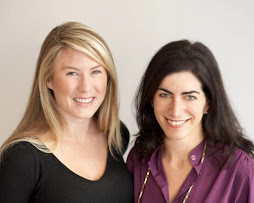
Business cards (and websites) are something that we receive a lot of questions about from the IGC membership. Some folks believe their business card is a central piece of their business identity, while others are happy with a functional placeholder.
Regardless, social networking, websites, and Google have all collectively challenged the traditional role of the business card and its centrality in helping you stay known, remembered, and contact-able.
So, given that it is a hot topic, we wanted to share the following resources if you are wondering about your business card, how you use it, and what it says about you!
SIMPLE:Marci’s post introduced us to
MOO which offers a really fresh and intuitive approach to business cards! I recently ordered some, not for IGC, but for a side project that needed an easy way to share information and the
MOO minicard did the trick. All their products are beautiful, colorful, simple and easy to make…a cleaner look than our typical go-to
VistaPrint.
STANDOUT:On the other side of the spectrum,
Marci found some amazingly unique and completely unforgettable examples of business cards. &
InventorSpot.com recently featured some as well.
EDITED & RE-PURPOSED:
With many people’s employment status and career trajectories changing so rapidly, however, it seems that some folks are using their old business cards to make a statement about their transition.
Cards of Change is chronicling people’s positive changes through their “edited” business cards. Pretty cool idea, huh?
So in addition to thinking about what you want a business card to say about you, I think it is also important to be honest about what you do with the card that are given to you!
* Do you keep them? Scan them? Toss them?
* When you want to find the contact information of someone you have met before does the business card even play a role?
* Does that make you think differently about the expense or importance of your own cards?















